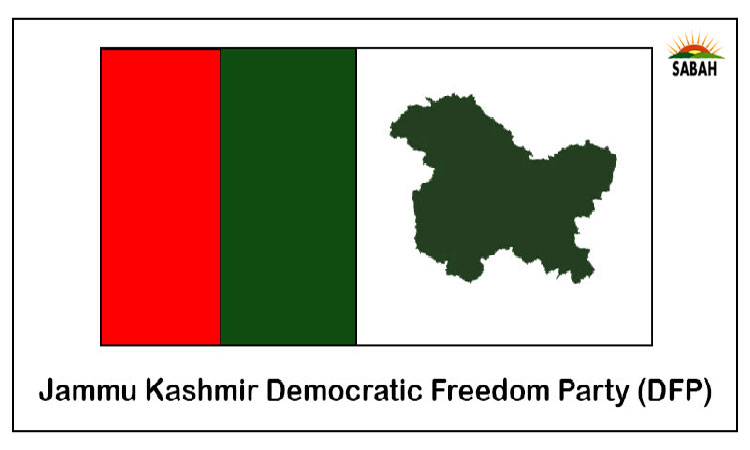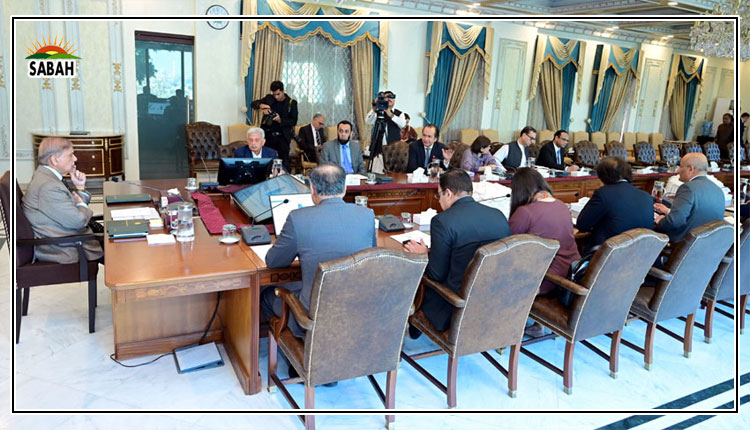Power efficiency … Ubaid Ullah Khan
‘THE grapes are sour’ is a dictum that in some ways echoes the situation of Pakistan’s power sector. The sour grapes symbolise the falling electricity demand due to ever-increasing tariffs, slow economic growth, and an increase in rooftop solar. Power generation planners, however, continue to commit to new power plants despite the shrinking need, without suggesting any strategies to increase electricity sales. The challenge, however, lies not in lamenting the sour grapes but in finding ways to sweeten them by focusing on strategies to induct productive electricity demand that can revive the sector. Pakistan’s power sector can shift from one of crisis to opportunities with strategic planning and evidence-based decision-making.
The National Transmission and Despatch Company (NTDC) is responsible for preparing the Indicative Generation Capacity Expansion Plan at the heart of which lies the least-cost criteria. The IGCEP is set to follow the least-cost principle, which is often violated due to political and economic pressures. The latest IGCEP 2024-34 is evidence that 20 GW of capacity is set as committed to violating least-cost criteria owing to political considerations, misaligned policy decisions, and vested interests.
Such commitments worsen the financial strain on the power sector. These decisions threaten the sector’s long-term viability as the electricity demand is not growing due to high electricity prices and an increase in solarisation. New capacity additions are only made if there is a significant increase in productive demand, particularly from industrial loads. Industries in Pakistan currently operate a 3 to 5 GW captive power load, based on subsidised natural gas. This arrangement lowers electricity costs for industries, but it also isolates them from the national grid and its evolving energy mix.
Global sustainability regulations, such as the Carbon Border Adjustment Mechanism, are reshaping the competitiveness landscape for industries. Goods manufactured using unclean but cheaper energy are subject to carbon tariffs which erodes cost advantages and export viability. Shifting industrial load to the national grid can help industries access diverse pools of clean energy, meet carbon compliance standards, and maintain competitiveness in global markets.
Another productive load is of electric vehicles, projected to reach 2 GW by FY2033, according to the National Energy Efficiency and Conservation Authority. Additionally, the limited interconnection capacity between NTDC and K-Electric also constrained the flow of cheaper and cleaner power in Karachi capped at 2,050 MW. Expanding this capacity to 4,000 MW could lower electricity costs in KE’s system significantly, without necessitating new generation capacity. A comprehensive analysis using PLEXOS shows the potential benefits of integrating industrial loads, and EV loads and enhancing NTDC-KE tie-line capacity. Key assumptions include a phased addition of 4,000 MW of industrial load by FY2033, incremental tie-line enhancements between NTDC and KE, and a 2 GW EV load by FY 2033. The loads are distributed into KE and NTDC systems proportionately.
The results show that even with the addition of industrial and EV loads, increasing the tie-line capacity between NTDC and KE to 4,000 MW eliminates the need for additional thermal generation in KE’s system. The results show the addition of 176 MW of hydropower in the NTDC system and 1,400 MW of wind in KE’s system. Total capacity additions reach 21.57 GW, raising installed capacity to 58.1 GW by FY2033. The energy mix diversifies significantly, with 9.06 GW of variable renewable energy and hydropower expanding to 21.1 GW, making up 51 per cent of the total. Utilising RLNG-based plants increases two to three times and imported coal plants show a 10pc rise in utilisation.
The financial analysis shows the system’s total cost at $63 billion due to capacity additions and increased utilisation of plants. For KE consumers, integrating cheaper NTDC power cuts tariffs and improves affordability, while accommodating industrial and EV loads drives long-term demand growth and asset viability. Strategic actions are essential to realise these benefits. Prioritising the least-cost principle, incentivising industrial load to shift to the national grid, prioritising NTDC-KE tie-line expansion, and strengthening Nepra’s oversight can unlock efficiency and cost savings. With evidence-based planning and sustainability-focused strategies, Pakistan’s power sector can shift from financial strain to financial stability. The time to act is now.
Courtesy DAWN











